Bushfire smoke could cause lung problems for generations, US monkey study suggests
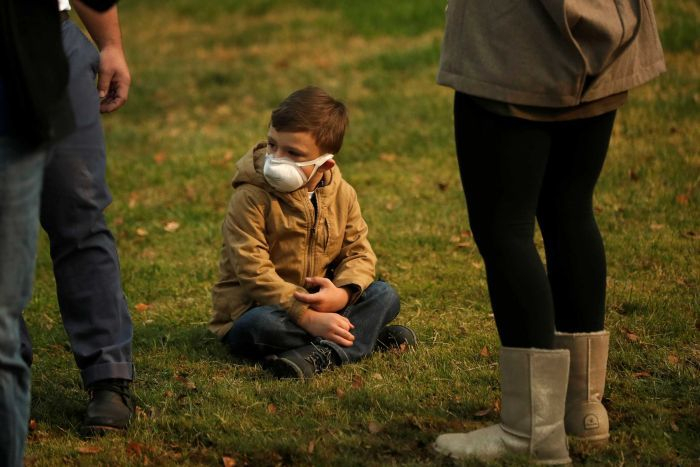
Monkeys in Northern California are providing valuable clues to the health cost of exposure to bushfire smoke, revealing it could have potentially life-threatening consequences for humans.
Large swathes of south-eastern Australia were blanketed in smoke during the recent bushfire crisis, consistently exposing people to unsafe levels of noxious fumes not seen in some of the world's most polluted cities.
But a decade-long study, tracking the impacts on a cohort of rhesus macaque monkeys from infancy to adulthood in California, is providing startling insight into what humans could expect in the future.
Key points:
- Scientists have studied the impact of bushfire smoke on monkeys since 2008
- The monkeys exposed to smoke had 20 per cent less lung capacity
- There are fears that prolonged exposed to smoke could affect human health
The animals grew lungs with 20 per cent less capacity than healthy monkeys; they show signs of the life-threatening condition pulmonary fibrosis; and they fight infection less effectively.
And, most troubling, they could pass all of those traits on to their offspring.
Lisa Miller, who helped oversee the study at the University of California's Primate Centre, said the lessons from the study were applicable beyond the monkeys.
"Our findings should inform regulatory agencies because they can anticipate the types of health outcomes that might be expected in the human population," Dr Miller said.
"The youngsters, the paediatric populations, should evacuate first and get as far away from the smoke exposure."
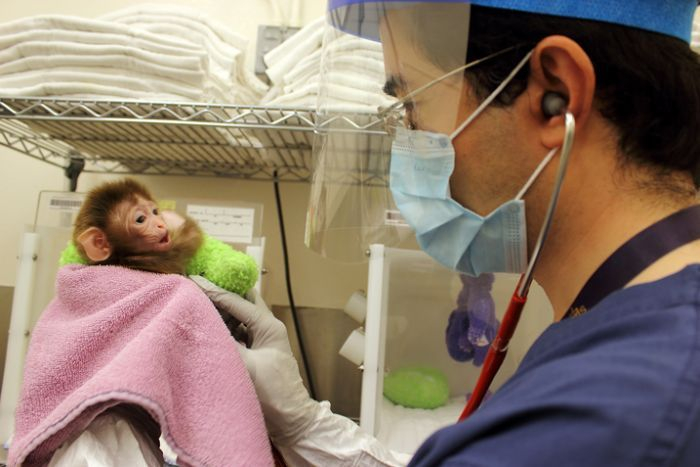
PHOTO: The study has concluded that monkeys exposed to bushfire smoke at infancy showed reductions in lung volume. (Supplied: California National Primate Research Centre)
Monkeys could show human impact of smoke disasters
When bushfires ravaged Trinity and Humboldt counties in 2008, America's west coast was blanketed in toxic fumes for two weeks. Residents were exposed to pollutants like carbon monoxide and unhealthy levels of fine particulate matter, known as PM 2.5.
As the smoke filtered in, Dr Miller said she had a "lightbulb moment" — an idea to track the impacts of the event on the health of infant monkeys that were born at the Primate Centre three months before.
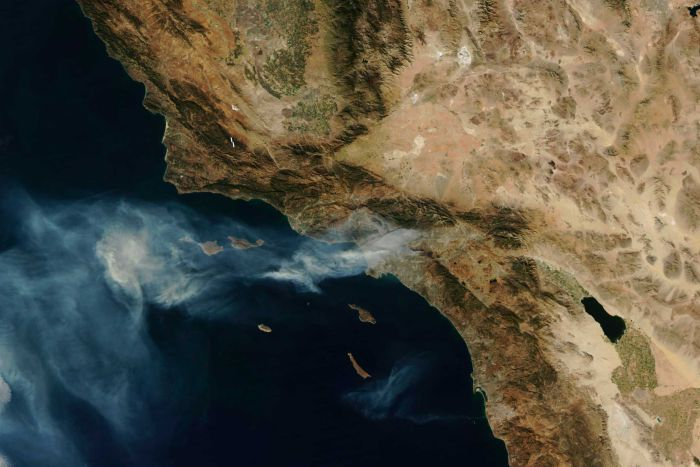
The team had initially expected to detect asthma, but those symptoms dissipated with time.
"The younger animals were more susceptible to a persistent effect on their immune systems and the respiratory tracts. This is because the infant animals — as well as humans — continue to grow during this period of time," she said.
"Their immune systems and their lungs are responding to these environmental challenges and change, unfortunately not for the better."
Monkeys and humans share key physiological characteristics. From a genetic standpoint, the primate is our closest relative, has a very similar physiological make-up and grows almost identically to human babies.
"Their lungs and immune systems are very similar to human subjects. In addition, the growth of the youngsters who live out in these cages is a very similar pattern in comparison with kids," Dr Miller said.
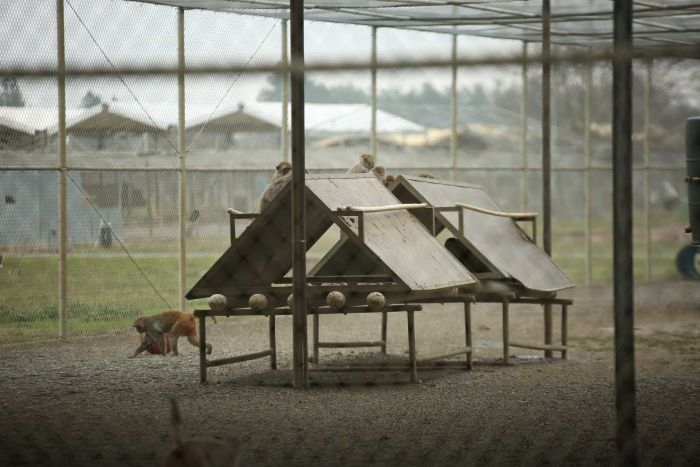
The only caveat to the research: The monkeys were housed outside 24 hours a day, 7 days a week, whereas humans have the ability to take shelter inside.
But even that does not protect against breathing in tiny particulate matter like PM 2.5, which can worsen respiratory conditions such as asthma, and lead to heart attack and stroke, among a slew of other health effects.
'There was just so much smoke'
The results are concerning for Californian mother Serena Caplins.
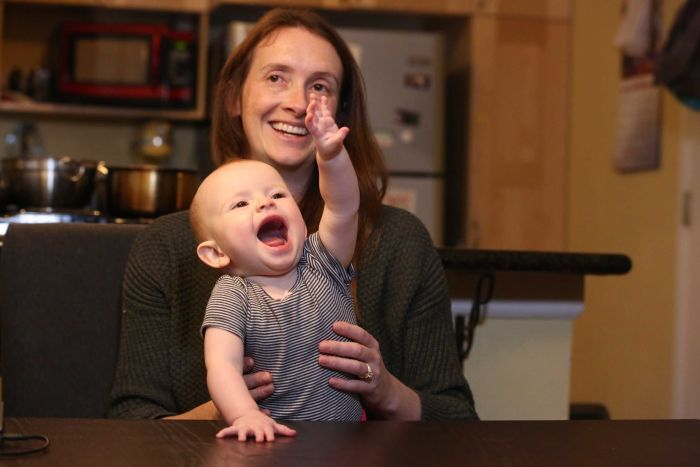
She was five months pregnant with her daughter Amelia during the state's deadliest and most destructive blaze in 2018.
"It was really bad air conditions. We actually couldn't leave the house for two or three days straight without feeling sick," she said.
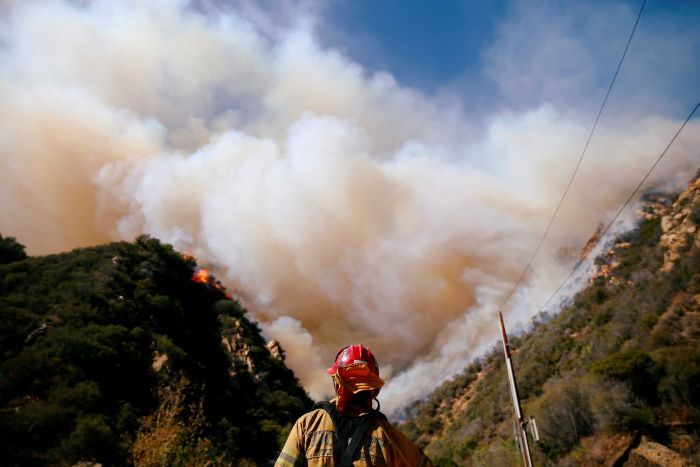
"You'd go outside, and you'd get a headache, you just feel your eyes burning because there was just so much smoke."
She felt short of breath and dizzy, even while inside with a filtration system. But once the smoke cleared, so too did her symptoms.
"I wasn't really thinking too much about the long-term effects that might happen, I wasn't really even thinking that much about what we were breathing in as far as what the smoke actually contained," she said.
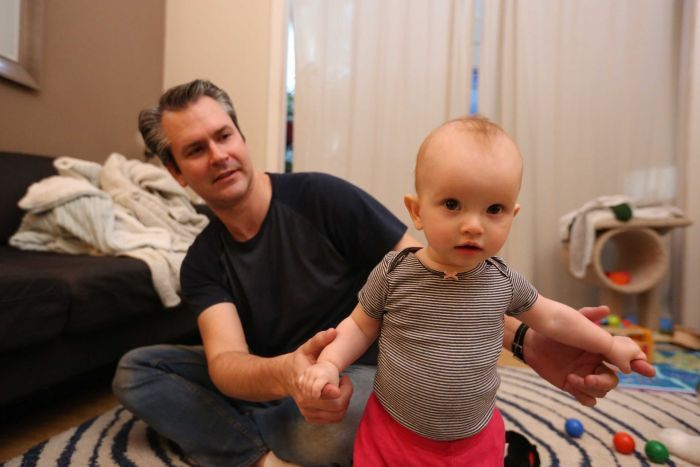
PHOTO: Baby Amelia is part of the study into the effect of the 2018 bushfires in Northern California. (ABC News: John Mees)
The Caplins are now part of a study examining the impact of bushfire smoke on unborn babies, their mothers and small children.
Amelia is a healthy baby and hasn't shown any signs the fires affected her health, but after hearing about the primate study, Serena started to worry.
"It definitely makes me feel a little more concerned about my own exposure," she said.
"Maybe it would have been better for us to actually leave. And, it's probably good to be a little bit scared, if it's something that influences your actions."
It will take years to know the impact of smoke
Rebecca Schmidt from the School of Medicine at the University of California launched the research project after watching the intensity and frequency of bushfire crises increase.
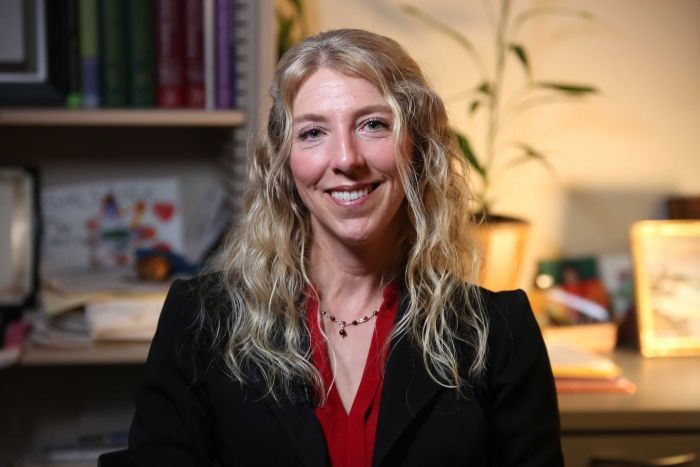
PHOTO: Rebecca Schmidt from the University of California runs the study into the effects of bushfire smoke on unborn babies, their mothers and young children. (ABC News: John Mees)
She decided it was time to see if some of society's most vulnerable — infants and young children — were suffering lifelong consequences.
"When we looked in literature, what was out there and in terms of science for any health effects, we really didn't find a whole lot. There just haven't been many studies done," Dr Schmidt said.
Almost all of the pregnant women involved reported respiratory symptoms in the short term, but most said the conditions dissipated with time.
What remains unknown is whether bushfire smoke exposure has lifelong consequences for a child's development.
"Brain development and behavioural outcomes can be affected by chronic air pollution, traffic-related pollution. We don't yet know if that's the same with wildfires," Dr Schmidt said.
"We're hoping to bring these kids in when they're a little older to do respiratory testing, lung function, signs of asthma, just to see if they are impacted in that way and if it's more common in these kids than in other kids not exposed to wildfires in utero."
While these studies are based on smoke from bushfires in North America, scientists believe the results can be replicated to similar natural disasters across the globe, including Australia.
The severity of the response felt is influenced by both the length of exposure and the type of combustion or the biomass that is burning.
For instance, different types of wood contain varying levels of toxicity.
If homes and buildings are also being destroyed, the air becomes even more poisonous, as materials such as paint and items like electronics go up in flames.
While the human studies will take years to garner results, the Primate Centre in Davis will continue to monitor the health of its monkeys as they enter middle age, in the hope of shedding more light on what to do in future bushfire seasons.
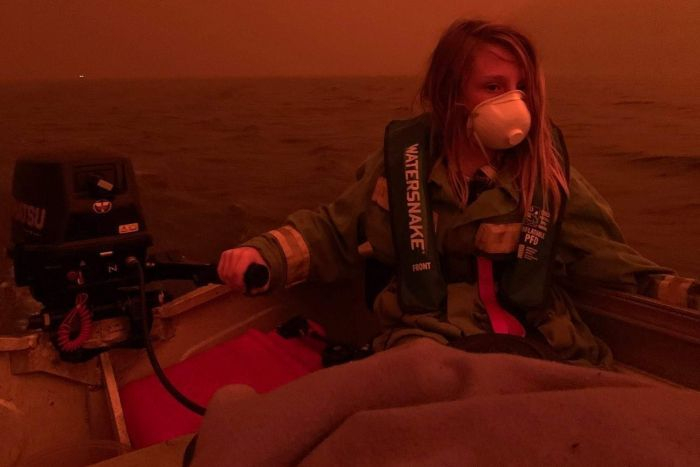
PHOTO: A young boy in a face mask escaping the fires in Mallacoota became an iconic image from the 2019 bushfire emergency. (Supplied: Allison Marion)
How to reduce the risk of bushfire smoke:
- Evacuate, if you can
- Stay indoors as much as possible
- If you can afford to, install a filtration system or buy a box fan with a filter
- Having inside plants can clean the air
- Wear a N95 gas mask. But some experts say it makes people feel more protected than they are
Source and credits: ABC News by North America correspondent Kathryn Diss and John Mees in Davis, California



